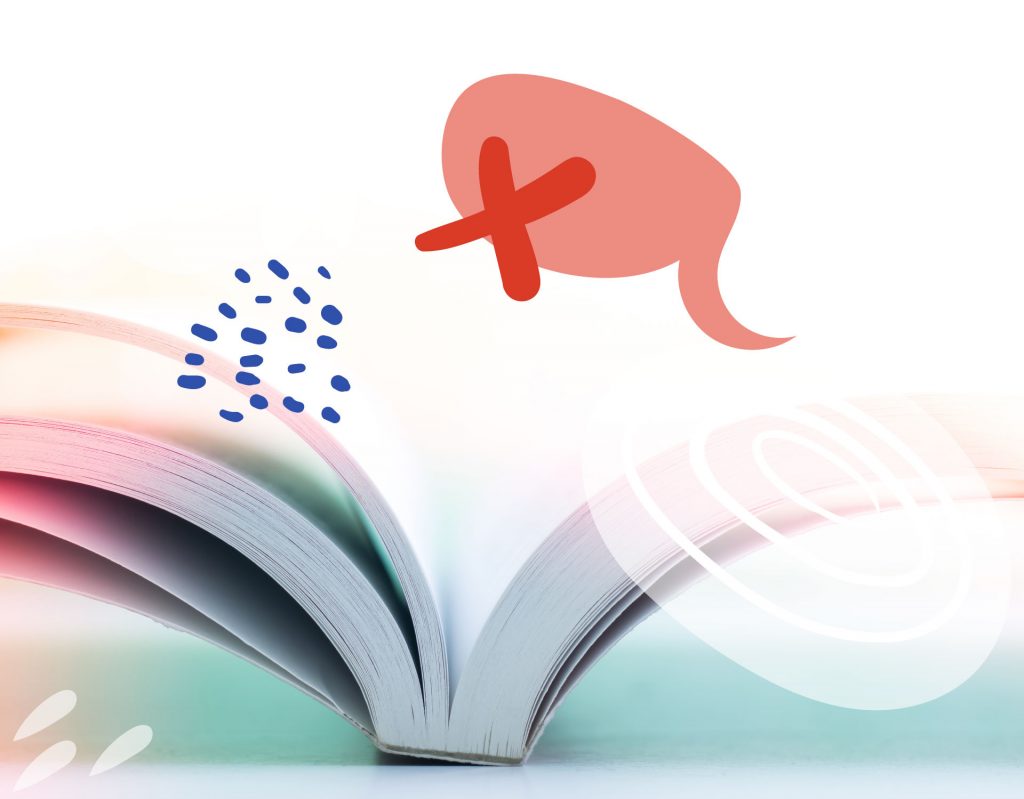What more can be said about the power of storytelling? Your story. But is your story told in a way that provokes anyone to care? I’m going to have to steal a nugget from Stephen King’s intro to his “indulgently” long novel, The Stand.
(Also, I read this post-apocalyptic pandemic novel right before Covid emerged and was a little concerned that I had somehow conjured the pandemic with which we are all vaguely familiar…)
From Stepheng King’s introduction to The Stand:
“If all of the story is there, one might ask, then why bother? Isn’t it just indulgence after all? It better not be; if it is, then I have spent a large portion of my life wasting my time. As it happens, I think that in really good stories, the whole is always greater than the sum of its parts. If that were not so, the following would be a perfectly acceptable version of “Hansel and Gretel”:
Hansel and Gretel were two children with a nice father and a nice mother. The nice mother died, and the father married a bitch. The bitch wanted the kids out of the way so she’d have more money to spend on herself. She bullied her spineless, soft-headed hubby into taking Hansel and Gretel into the woods and killing them. The kids’ father relented at the last moment, allowing them to live so they could starve to death in the woods instead of dying quickly and mercifully at the blade of his knife. While they were wandering around, they found a house made out of candy. It was owned by a witch who was into cannibalism. She locked them up and told them that when they were good and fat, she was going to eat them. But the kids got the best of her. Hansel shoved her into her own oven. They found the witch’s treasure, and they must have found a map, too, because they eventually arrived home. When they got there, Dad gave the bitch the boot and they lived happily ever after. The End.
I don’t know what you think, but for me, that version’s a loser. The story is there, but it’s not elegant. It’s like the Cadillac with the chrome stripped off and the paint sanded down to dull metal. It goes somewhere, but it ain’t, you know, boss.”
These days, we’re bombarded with information about our lack of attention spans, and how we must not, at all cost, burn the brain calories of our readers, and that we Must. Be. Simple.
Yes, simple is good. But when does simple defy the goal of capturing and retaining not just attention, but invested emotion?
Stories engage much more than our casual curiosity. It envelopes us, reader, movie watchers and gossipers alike, weaving us into the tale until our brain can’t for a moment tell the difference between them in the story and us outside the story. While the punches and the facts are all well and good, they mean absolutely nothing to the person consuming this information unless this jumble of information is in one way or another connected to their human experience.
Stories are in our DNA – they are the original textbooks on Life, and only the good ones survived. The bad ones died and were quickly forgotten.
Same with brands and businesses. Bad stories don’t get repeated. And when a story doesn’t get told, it dies, as do the memories of the characters (the brands). Stories and myths are how people taught their children and tribes what they needed to survive and thrive in the 4 key areas: physically, emotionally, relationally, or spiritually. In turn, brand stories need to fulfill the same innate need: to show how the customer is the protagonist, and how the brand helps this protagonist survive, stay safe, connect with people or achieve a deeper purpose. As Donald Miller, author of Building a StoryBrand, puts it:
”Alfred Hitchcock defined a good story as ‘life with the dull parts taken out.’ Good branding is the same. Our companies are complex, for sure, but a good messaging filter will remove all the stuff that bores our customers and will bear down on the aspects of our brand that will help them survive and thrive.”
Finally, here’s food for thought for all business operators and professionals: when you’re being an A+ marketing student by pairing down your message, are you taking out the juicy stuff and leaving the hard, dull facts? Simplicity is key for your message, yes. However, the fat gives the steak flavor, so take a look at your message and marketing and see if it engages the following storytelling qualities:
- Written/Told Authentically
- Consumer is The Hero
- Involves Conflict/ Their Pain
- Provides Solutions
- Delivers a Satisfying Resolution

